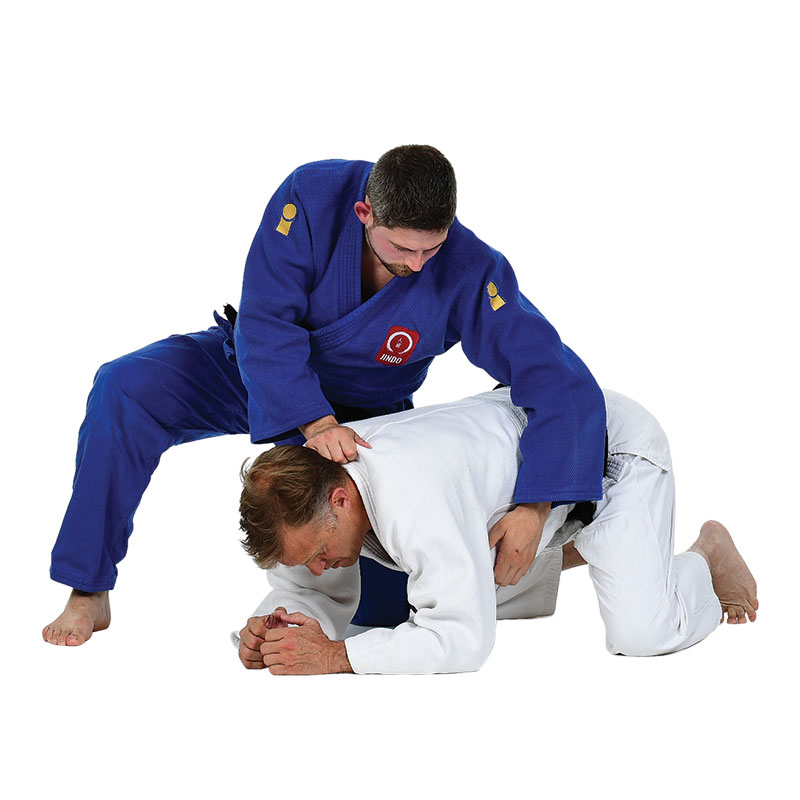Tori kame (取亀) – Tori in the Turtle Position
Tori kame describes a situation in which tori assumes a compact, defensive position similar to a turtle — kneeling on both knees with elbows on the mat, keeping the body low to minimise openings for attack. This posture mirrors the more commonly discussed uke kame but with reversed roles.
Position Overview
In this position:
-
Tori is on all fours: knees and elbows grounded, body rounded and tight
-
The head is lowered, hips back, and arms are close to the knees or underneath the torso
-
Uke is in the dominant position, behind or beside tori, initiating attacks
Tactical Context
-
Uke attempts to turn, control, or submit tori from this position
-
Tori’s goal is to defend, maintain structure, and counter uke’s attempts to break down the posture
Tori uses timing, leverage, and grip fighting to:
-
Counter uke’s attempts to roll or flatten the turtle
-
Exploit overcommitments by uke to reverse the position
-
Transition into control positions or submissions
This scenario often occurs after a failed throw or scramble, and is a frequent position in ne-waza and kata (e.g., in Katame-no-Kata or Kime-no-Kata transitions).
Conceptual Application
Tori kame exemplifies the principle of ju (柔) — yielding to overcome. By staying compact and grounded, tori waits for uke’s commitment and then transitions into an offensive response, turning defense into opportunity.
